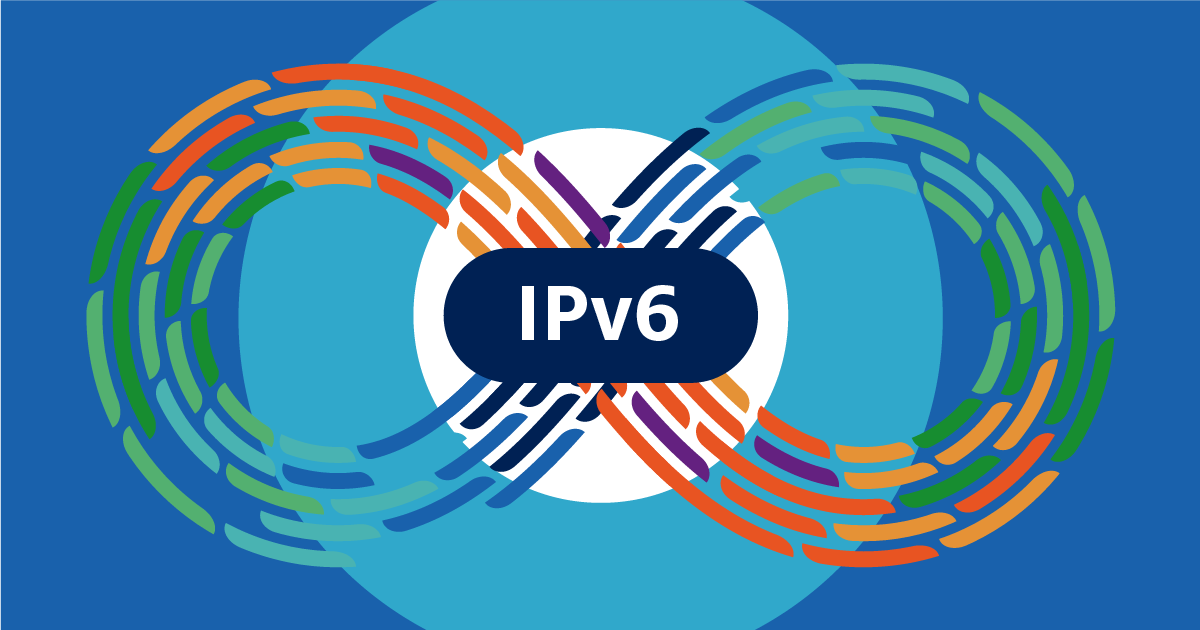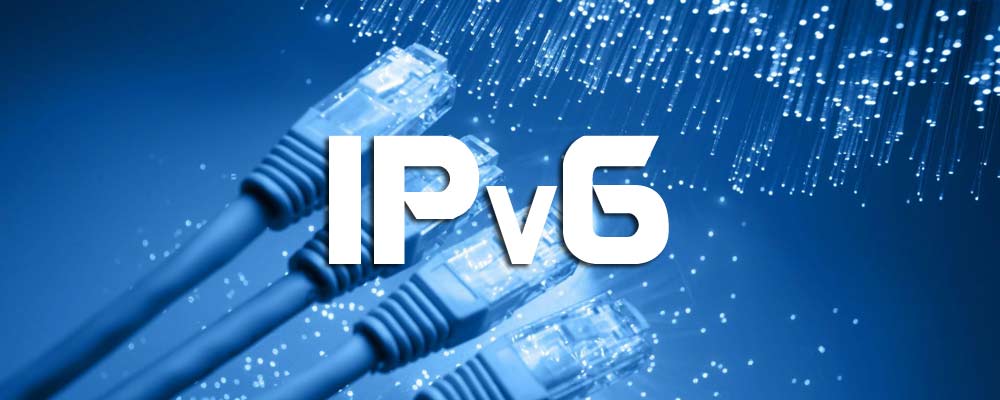The transition from IPv4 to IPv6 brought about significant changes in the way IP addresses are assigned and managed. One of the innovative features introduced with IPv6 is Stateless Address Autoconfiguration (SLAAC), a method that allows devices on an IPv6 network to configure their own IP addresses automatically.
This blogpost aims to demystify the SLAAC process, highlighting its importance, how it works, and its benefits and limitations.
It's like magic for devices to get their own IP addresses without someone having to give it to them manually or needing a special server to do the job. This introduction is all about making SLAAC easy to understand, especially if you're diving into networking.
How SLAAC Works
Let's dive into how SLAAC, this smart feature in IPv6, gets things done. It's all about making sure devices on a network can talk to each other and the wider internet without a big hassle. We'll break it down into simple steps so it's easy to grasp.
Step 1: Making a Local Address
- First off, every device starts by coming up with its own local address. Think of it as making up a home address but just for the local network. This is done automatically, using a bit of info from the device itself (like its MAC address).
- Then, it's time for a quick check with a process called Duplicate Address Detection (DAD). The device shouts out in the network, "Hey, is anyone else using this address?" If no one answers, the address is good to go.
Step 2: Asking for More Info
- Next up, the device sends out a Router Solicitation message. It's like sending a letter asking, "Hey, routers, got any info for me?" This is looking for more details to get connected to the bigger world.
- Routers reply with a Router Advertisement message. This contains the crucial info, like the prefix (a bit like the area code for phone numbers, but for IP addresses) that the device needs to create a full global address.
Step 3: Getting a Global Address
- With the prefix in hand, the device mixes it with its own unique identifier to create a global unicast address. This is the address that lets the device connect to the internet at large.
- One last check, again with DAD, ensures this new global address is unique too. If all's clear, the device is all set to join the big internet conversation.
Important Note: While SLAAC takes care of the address part, it doesn't deal with DNS settings - that's how devices know where to find things on the internet by name, like "google.com". For that, we often use something else, like DHCPv6, to fill in the gaps.
And there we have it - a simple look at how SLAAC makes life easier in the IPv6 world. It's all about automatic, hassle-free connections, making sure devices can talk to each other and the internet smoothly.

SLAAC and DNS Configuration
Now that we've seen how SLAAC helps devices get their own IP addresses, let's talk about DNS. DNS stands for Domain Name System, and it's like the phonebook of the internet. Without DNS, we'd have to remember complicated IP addresses for every website we want to visit, instead of just typing in easy-to-remember names like "google.com".
Here's the thing: SLAAC is great at getting devices onto the network with their own IP addresses, but it doesn't tell them how to find websites by name. That's where DNS comes in, and here's how it works with SLAAC:
- SLAAC alone doesn't set up DNS. When a device sets up its IP address using SLAAC, it knows how to talk to other devices but doesn't automatically know how to translate website names into IP addresses.
- Enter DHCPv6. To get DNS settings, many networks use DHCPv6. This is a protocol that, among other things, can give devices the information they need to use DNS. It's like SLAAC's helpful partner, filling in the gaps.
Why This Matters:
- For a complete setup, devices need both an IP address and DNS settings. Together, SLAAC and DHCPv6 ensure devices can not only connect to the network but also find websites and services by name.
- It's all about seamless internet use. With SLAAC handling IP addresses and DHCPv6 taking care of DNS and other settings, users get a smooth and hassle-free internet experience.
In Summary: SLAAC makes connecting to the IPv6 internet simple by automating IP address configuration. However, for devices to fully navigate the web, they also need to know how to convert website names into IP addresses — that's where DNS settings come in. By combining SLAAC with DHCPv6, networks can provide both the IP addresses and DNS information devices need to access the internet effectively.
The Pros and Cons of SLAAC - Simplified
Alright, we've talked about how SLAAC helps devices on an IPv6 network get their own addresses and about pairing it with DHCPv6 to handle DNS settings. Now, let's look at why SLAAC is awesome but also consider some challenges it brings to the table.
Why SLAAC Rocks:
- Super Simple Setup: With SLAAC, devices can jump on the network without someone manually setting up their addresses or running a server to do it. It's like plug-and-play for the internet.
- No Need for Extra Tools: Since devices sort out their addresses on their own, there's no need for additional systems like DHCP servers, making network management simpler.
- Quick & Efficient: Devices get connected faster because they don't have to wait around for a server to give them an IP address. This can make networks more efficient, especially in places with lots of devices.
But, It's Not Perfect:
- Security Questions: Automatically picking IP addresses is handy, but it can make it a bit easier for unwanted guests to sneak onto the network. Extra steps might be needed to keep things secure.
- Privacy Concerns: Since a part of the IP address comes from the device's hardware (like its MAC address), there's a worry about tracking devices and users. IPv6 includes some privacy features to help with this, but it's something to be aware of.
DNS Setup Still Needed: SLAAC gets the device an IP address, but remember, it doesn't sort out DNS. This means there's an extra step to make sure devices can find websites by name.
IPv6 Privacy Extensions
One of the main concerns with SLAAC is privacy. Since the original method of generating IPv6 addresses often includes parts of the device's hardware address (MAC address), it could allow tracking across different networks. This is where IPv6 Privacy Extensions come into play.
What Are IPv6 Privacy Extensions?
These are special settings in IPv6 designed to enhance user privacy. Instead of using a device's MAC address to create an IP address, these extensions generate random addresses. This makes it harder to track a device by its IP address.
How Do They Work?
Randomly Generated: With Privacy Extensions, the part of the IP address that would normally tell something about the device's hardware is instead made up of random numbers. This changes over time, too.
Still Unique: Even though these addresses are random, the system is smart enough to avoid duplicates, keeping your connection smooth and secure.
Dual Addresses: Devices can use these random addresses for visiting websites and other everyday internet activities, while still using their "regular" SLAAC addresses for more official or internal network purposes.
Why It Matters:
Enhanced Privacy: By making the addresses random and changing them often, it's much harder for advertisers, companies, or malicious actors to track your online movements.
Balance Between Convenience and Security: These extensions offer a way to enjoy the benefits of SLAAC (like easy setup and management) without sacrificing privacy.
Remember, keeping up with courses like Cisco's CCNA is a great way to stay informed about the latest in networking technologies and practices.

IPv6 Security Best Practices
When we talk about IPv6, it's not just about connectivity and efficiency; security plays a huge role, too. With the advanced capabilities of IPv6 come new security considerations. Let's break down some simple yet effective security practices for IPv6 networks.
- Use Firewalls Wisely:
- Smart Filtering: With IPv6, it's important to configure firewalls to carefully filter unwanted traffic. This means being specific about which packets can come in and go out, based on their source and destination IPv6 addresses.
- Encryption and Integrity:
- Always On: IPv6 encourages the use of IPsec (a suite of protocols for securing internet protocol communications) for encryption and ensuring data integrity. This means data sent over an IPv6 network can be encrypted by default, making it harder for eavesdroppers to sneak a peek.
- Network Scanning and Monitoring:
- Keep an Eye Out: Regularly scan and monitor your IPv6 network for unusual activities. Because IPv6 allows for a vast number of IP addresses, it's crucial to have tools in place that can keep track of what's happening on your network.
- Secure Configuration:
- No Loose Ends: Ensure that all devices on your IPv6 network are securely configured. This includes disabling unnecessary services, closing open ports that aren't in use, and applying the principle of least privilege to user accounts and network devices.
- Educate and Train:
- Knowledge is Power: One of the best defenses against network threats is education. Make sure your team is up-to-date on IPv6 security threats and knows how to implement these best practices.
Summary
We've navigated through the essentials of IPv6 Stateless Address Autoconfiguration (SLAAC), diving into how it simplifies connecting devices to the IPv6 internet without manual intervention.
Along the way, we touched on DNS configuration challenges with SLAAC, unveiling the role of DHCPv6 in complementing SLAAC for a full networking setup.
We ventured into IPv6 Privacy Extensions, highlighting their importance in enhancing user privacy by generating random, hard-to-track IP addresses. And, we wrapped up with crucial IPv6 Security Best Practices to ensure that our embrace of IPv6 is as secure as it is innovative.
For those looking to deepen their knowledge, courses like Cisco's CCNA offer comprehensive insights into not just IPv6 and SLAAC, but the entire landscape of modern networking.


